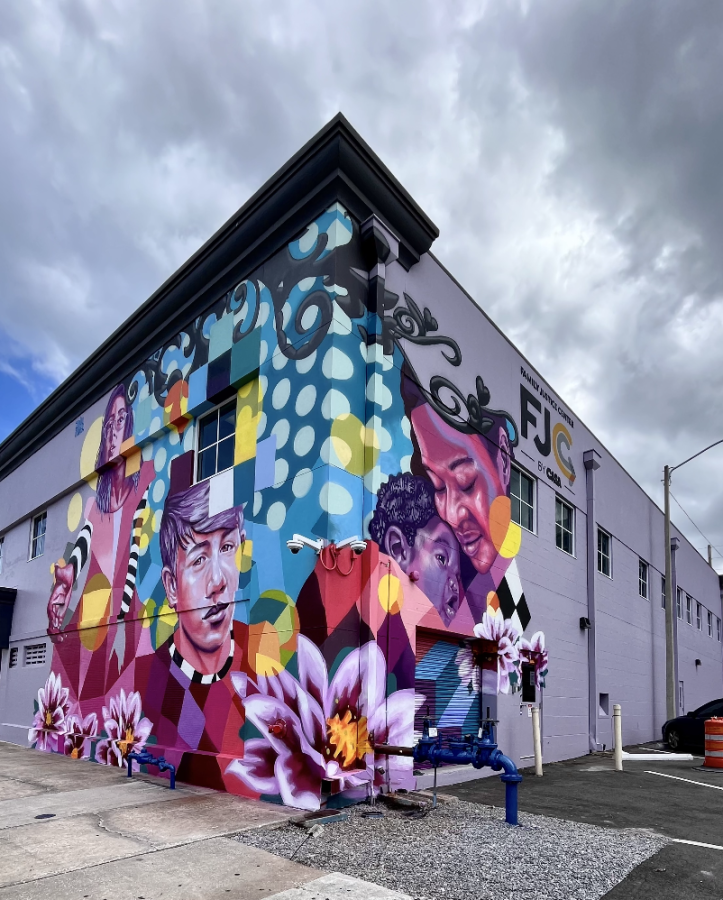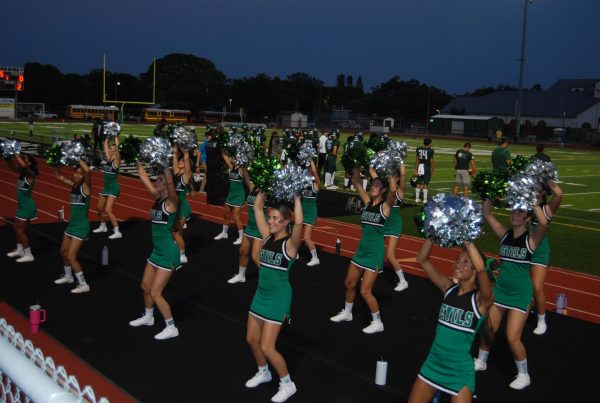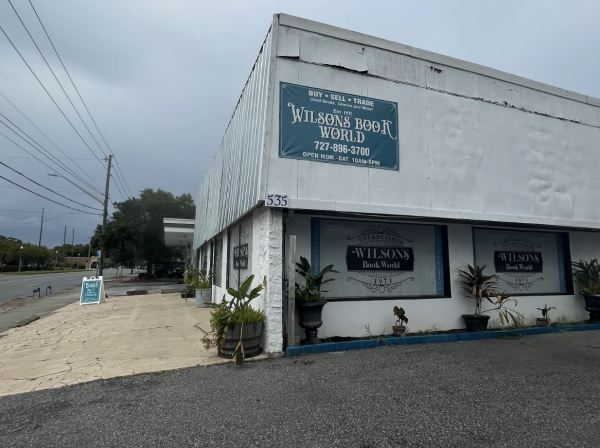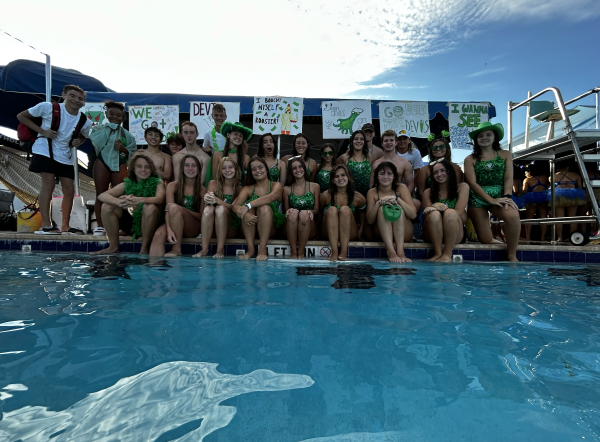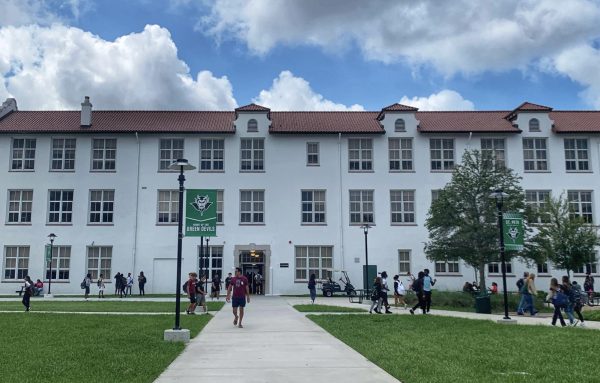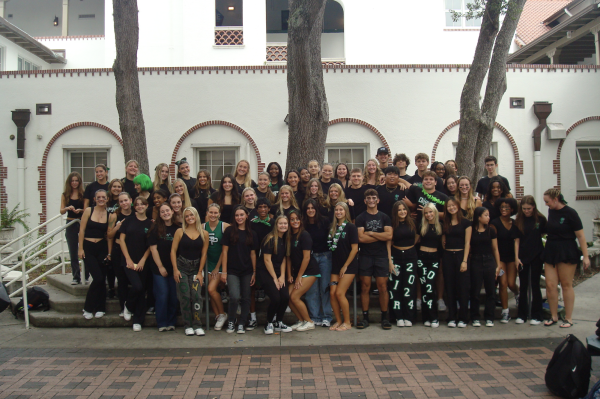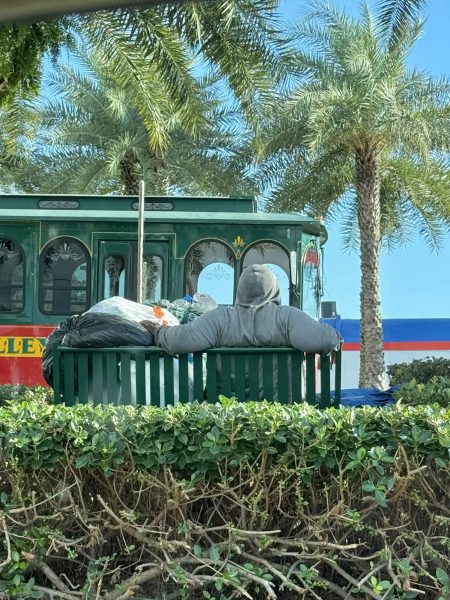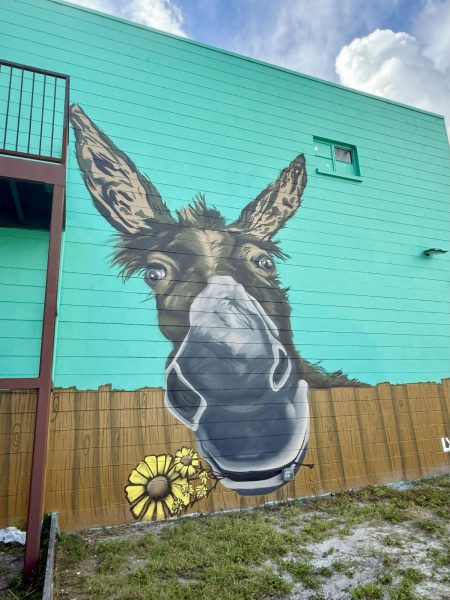October: A month meaning more than pumpkins
CASA a local women’s organization.
The school year is underway, football season is in full swing, and menus around town include pumpkin spiced treats. The fall season is filled with traditions and excitement, but a deeper meaning is often overlooked, and possibly unknown. October is the month that recognizes survivors and brings awareness to Domestic Violence.
The term “Domestic Violence” can evoke feelings of discomfort and dejection. Many people shy away from talking about it simply because it makes them uncomfortable. The truth is, though, not talking about such an important topic causes more harm than good. One local organization that makes it a top priority to provide a safe environment and shine a light on Domestic Violence is CASA. CASA stands for Community Action Stops Abuse, the exact goal of this organization. To get a better understanding of CASA, I interviewed Amber Valente, the Marketing and Communications Manager for CASA. Amber explained that CASA is a nonprofit organization that provides domestic abuse support in Pinellas County. CASA supports the community in many ways by providing legal services, mental health services, childcare, education, financial resources, and offering survivors and their children a safe place to stay. The dream of CASA, to provide a multitude of services in one place, has now become a reality because CASA is opening the new Family Justice Center in downtown St. Petersburg in October.
The most commonly acknowledged definition of Domestic Violence (DV) is violent or aggressive behavior within the home, typically involving the violent abuse of a spouse or partner. During the interview, Amber defined DV as “any pattern of abuse used to gain or maintain power or control over another person.” When we hear the word abuse, our minds often think of physical abuse. A common misconception is that DV only consists of physical abuse. The truth is, in abusive relationships, abuse can be emotional, mental, financial, and sexual. All of these types of abuse are used by the abuser to gain and maintain control. The important thing to realize is that no matter the type… abuse is abuse.
People assume that when DV occurs in relationships, only the two partners are affected, but this is far from true. Many people are affected by DV relationships, the most common being children. Amber shared a statistic that 10 million children each year are exposed to DV. Amber also explained that kids who have grown up seeing DV in their parents’ relationships are more likely to carry this with them as they get older. There is a tool used to measure the risk of DV or other potential struggles a child will face later in life. This is called ACE, standing for Adverse Child Experiences. Studies show that if a child has experienced at least one ACE, they are more likely to experience DV in their adult lives, experience mental health issues throughout their life, and are more likely to suffer from addiction.
One of the most misunderstood facts about DV is who experiences it. Many people think it is limited to a certain class, race, or age group, but the reality is that DV is experienced in every class, every race, and every age group. 1 in 3 teenagers have experienced domestic violence. The reported statistics on DV are extremely low and inaccurate because most DV goes unreported. Victims of DV are scared and may not be fully aware of what is happening to them. Many times, DV can be hard to recognize because abusers are master manipulators: they isolate victims from family and friends, and they control all financial resources and technology the victim has access to. These tactics make the victim feel alone and scared which leads to the abuse going on for a long time.
Recognizing abuse early and knowing the signs to look for is imperative for stopping it. Having a conversation about what DV is and not being afraid to speak up is what is going to stop it from happening as often as it does.
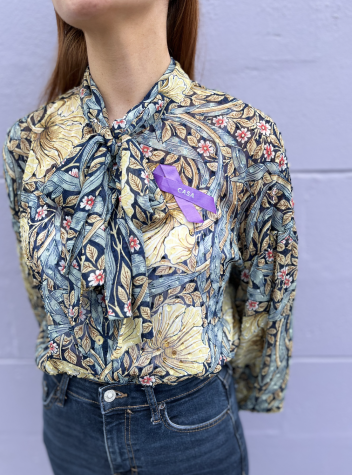
What can you do?
-Shop Locally: CASA has a thrift store located on 1st Ave N in Saint Petersburg. Their thrift store sends its proceeds to victims utilizing CASA services. On your next shopping day with friends, consider stopping by to do some thrifting that supports a good cause.
-Be aware of the signs: Being able to recognize patterns of abuse is a very resourceful tool to have. Not only will this benefit you, but by being aware of the tactics abusers use, you can also help friends and family.
-Donate to CASA: Donations such as household items, furniture, old cell phones, and clothing can be taken to the thrift store. These little donations can be of service to survivors in need of CASA’s services.
–Wear purple: Purple is the color for Domestic Violence Awareness Month, so during the month of October, wearing purple is a great way to show recognition and support.
24-hour domestic violence hotline: 727-895-4912
Instagram: casapinellas


